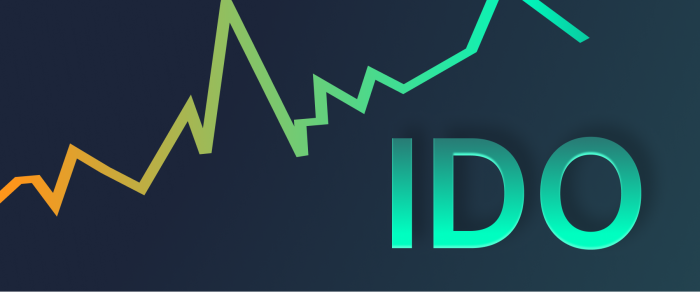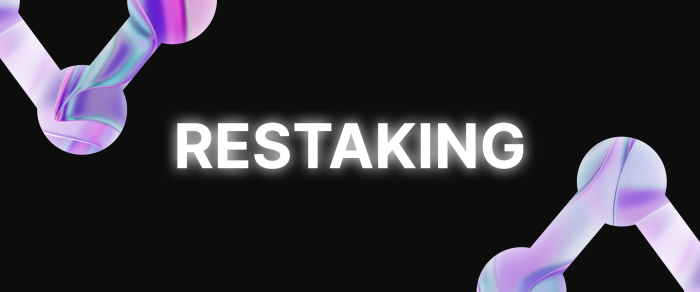IDOs Explained: What You Need to Know About Initial DEX Offerings
As the DeFi (decentralized finance) sector continues to grow and evolve, Initial DEX Offerings (IDOs) have emerged as a popular new way of launching crypto projects. IDO is a method for crypto startups to raise funds in a decentralized setting, which offers a variety of benefits over traditional ICOs.
In this article, we’ll explore what IDOs are, how they work, and why they’re so popular among both investors and project developers in the crypto space.
Key Takeaways:
- An IDO is a fundraising method that leverages decentralized exchanges to list projects and tokens.
- Benefits of an IDO include decentralization, low barrier to entry, immediate trading, and lower costs.
- Challenges associated with an IDO include risks of scams and price instability.
- Investing in an IDO requires thorough investigation and due diligence to identify potential risks and rewards.
Initial DEX Offering Explained
An Initial DEX Offering (IDO) is a fundraising strategy that allows a project to launch its token or coin through a decentralized liquidity exchange (DEX).
About a Decentralized Exchange
DEXs – or decentralized exchanges – provide buyers and sellers of cryptocurrency an opportunity to conduct transactions while retaining full control over their funds without having to rely on a third-party custodian. Unlike centralized exchanges, these platforms offer users trading inside liquidity pools and with the help of automated algorithms like AMMs.
From Initial Coin Offering to IDO
Essentially, IDO is a follow-up to other crypto-based fundraising techniques like Initial Coin Offering (ICO), Security Token Offering (STO), and Initial Exchange Offering (IEO). Despite their individual advantages, all crypto fundraising models come with some drawbacks. That’s why the Initial DEX Offering model was created – to address these issues and improve upon the previous models.
Raven Protocol was the first project ever to launch an IDO on the Binance DEX back in June 2019.
How Do IDOs Work?
When taking part in an IDO, the rules and steps can vary depending on which DEX is facilitating it.
However, the whole fundraising process usually looks like this:
First, the project is evaluated by the decentralized exchange. The exchange meticulously examines the project’s whitepaper, verifying the developers’ background to guarantee it is not a scam.
Then, the project is accepted to run an Initial DEX Offering through the DEX’s launchpad. During the offering, users lock their assets like Bitcoin or Ether in return for the project’s token at a fixed price.
The funds that are accumulated during the IDO get placed in a liquidity pool. Upon launching, the liquidity pool will open up for trading, giving early investors swift access to trading their tokens.
FAST FACT
Investors don’t have access to the newly acquired tokens until the IDO launches and the token sale event happens.
IDO vs ICO vs IEO
IDOs have arisen as an innovative form of crypto token offering designed to address the problems faced by ICOs and IEOs.
Just like their predecessors, IDOs are used for raising funds for blockchain-based projects. Yet, the techniques employed to raise capital vary between different token offerings.
When a business decides to launch an Initial Coin Offering (ICO), the project developer’s website is utilized for issuance, whereas when launching an Initial Exchange Offering (IEO) requires using a third-party centralized exchange.
The most problematic method among these three is an Initial Coin Offering. Without a trustworthy third party to guarantee the legitimacy of a project, investors are placed at an alarming risk of potential fraud.
Conversely, Initial Exchange Offerings must abide by stringent criteria. This approach was established in response to ICO dilemmas. To be accepted onto an exchange, IEOs must comply with KYC (Know-Your-Customer) and AML (anti-money-laundering) requirements without fail. The main problem here is that the approach lacks decentralization, which is a core principle of cryptocurrency.
Through Initial DEX Offering, projects can benefit from the trustless nature of decentralized exchanges while investors are protected by thorough project evaluations performed by DEXs.
Key differences between an IDO, ICO, and IEO:
Benefits of an IDO Model
Let’s break down some benefits of IDOs that distinguish them from alternative fundraising models:
- Decentralization
IDOs are empowered by decentralized exchanges, creating a highly trusted and secure environment for investors. With less rigorous requirements compared to IEOs, IDOs make it easy for any team or company to conduct them without needing to rely heavily on a third-party custodian.
- Low barrier to entry
Private investors tend to lead the way in IEOs, but IDOs offer more opportunities for public and less experienced investors to take part and potentially benefit from significant profits.
- Immediate liquidity
From the moment a project’s token is available on the market, traders can jump right into trading. With intentions of capitalizing, these investors act swiftly to buy up the new tokens while they are still fresh and then quickly turn around to sell them at their peak price point.
- Lower costs
By leveraging self-executing smart contracts, a DEX can be initiated with minimal cost since no middleman is required when handling tokens and liquidity with algorithms.
Challenges of an IDO Model
While IDOs are an attractive option for many projects, there are a few common challenges that every project must take into account:
- Risks of Scams
Since IDOs are decentralized, there are no regulating mechanisms for these offerings. With nobody to act as a custodian for investors, they have significantly less protection from fraudulent activities associated with the project. As such, anyone considering investing in an IDO must thoroughly investigate any issuer and the project before making their decision.
FAST FACT
One of the most concerning risks associated with Initial DEX Offerings is liquidity rug pulls. This is when developers pump up the token price and then suddenly withdraw all the tokens from circulation, leaving investors with worthless assets.
- Price Instability
With IDOs, traders risk large amounts of cryptocurrency with no guarantee that it will yield a return. The market is highly unpredictable, and prices can swing wildly from one day to the next.
Conclusion
Initial DEX Offering is fast becoming the preferred method of crowdfunding for many projects. By addressing issues that plagued its predecessor, ICO, it has become an attractive option for investors and entrepreneurs alike.
If you want to participate in IDO, you must thoroughly assess the project to ensure its legitimacy and stability. Taking due diligence into consideration, you can make a fortune through IDO investments.
FAQ
- What is an IDO?
An Initial DEX Offering is a type of fundraising approach in crypto that takes place on a decentralized exchange. Project’s tokens are bought at launch by participants in order to capitalize on possible future profits.
- How to participate in an IDO?
To participate in an IDO, you must first find a project that is launching its tokens on a DEX. To access an Initial DEX Offering, users must be on the project’s whitelist and possess a crypto wallet.
- What are the risks associated with IDOs?
The main risk associated with IDOs is the potential for fraudulent activities. Scammers could create projects that don’t have a valid product or team and use this to deceive investors.
- How do IDOs differ from ICOs?
Through an IDO, cryptocurrency projects raise funds using a DEX. On the contrary, ICOs are carried out to generate capital through project owners’ websites.



